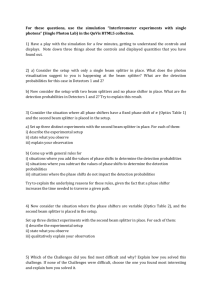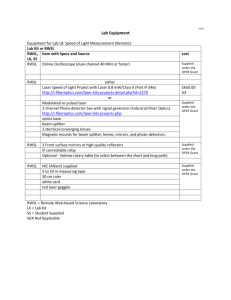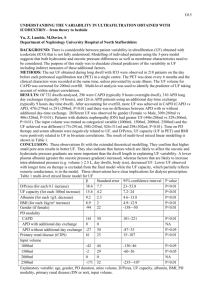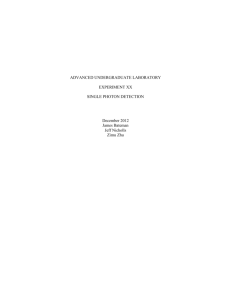Institute of laser for postgraduate studies
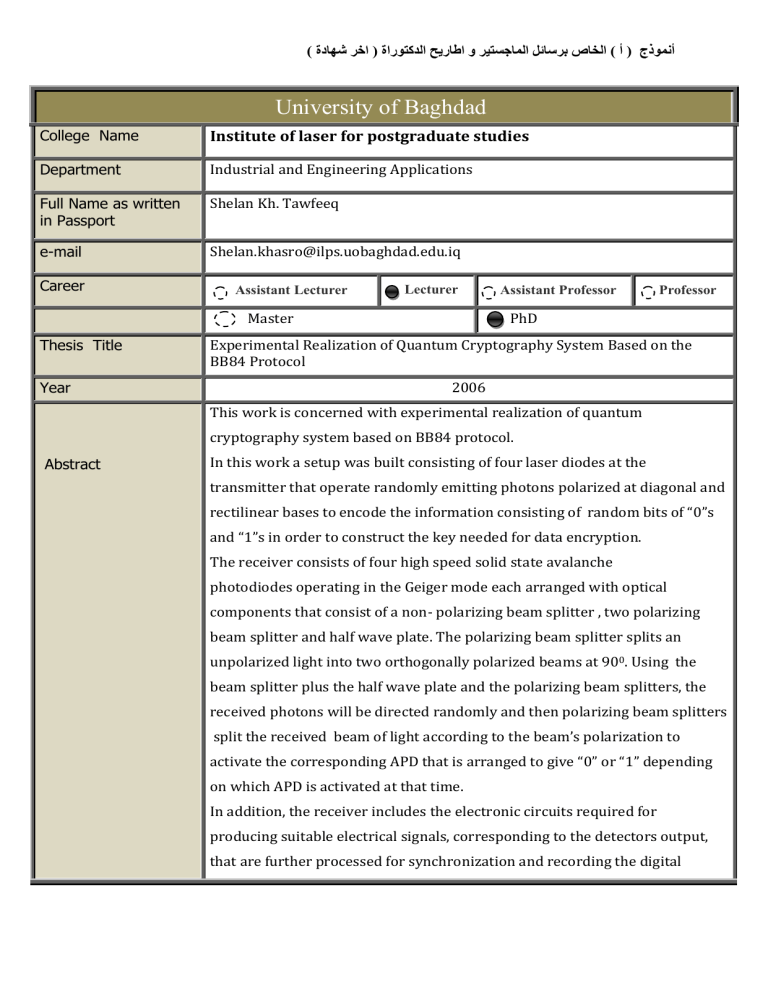
) ةداهش رخا ( ةاروتكدلا حيراطا و ريتسجاملا لئاسرب صاخلا ) أ ( جذومنأ
College Name
Department
University of Baghdad
Institute of laser for postgraduate studies
Industrial and Engineering Applications
Full Name as written in Passport e-mail
Shelan Kh. Tawfeeq
Shelan.khasro@ilps.uobaghdad.edu.iq
Career
Thesis Title
Year
Abstract
Assistant Lecturer Lecturer Assistant Professor Professor
Master PhD
Experimental Realization of Quantum Cryptography System Based on the
BB84 Protocol
2006
This work is concerned with experimental realization of quantum cryptography system based on BB84 protocol.
In this work a setup was built consisting of four laser diodes at the transmitter that operate randomly emitting photons polarized at diagonal and rectilinear bases to encode the information consisting of random bits of “0”s and “1”s in order to construct the key needed for data encryption.
The receiver consists of four high speed solid state avalanche photodiodes operating in the Geiger mode each arranged with optical components that consist of a non- polarizing beam splitter , two polarizing beam splitter and half wave plate. The polarizing beam splitter splits an unpolarized light into tw o orthogonally polarized beams at 90 0 . Using the beam splitter plus the half wave plate and the polarizing beam splitters, the received photons will be directed randomly and then polarizing beam splitters
split the received beam of light according to the beam’s polarization to activate the corresponding APD that is arranged to give “0” or “1” depending on which APD is activated at that time.
In addition, the receiver includes the electronic circuits required for producing suitable electrical signals, corresponding to the detectors output, that are further processed for synchronization and recording the digital
) ةداهش رخا ( ةاروتكدلا حيراطا و ريتسجاملا لئاسرب صاخلا ) أ ( جذومنأ signals that are sent to the PC to apply the algorithms written in MATLAB6.5 of error correction and privacy amplification.
The work concerns with designing the transmitter circuit that achieves sending minimum number of photons per emitted laser pulse and producing the signals needed for the synchronization between the transmitter and receiver during the detection process.
The parameters that affect the detectors performance involving the number of dark counts, number of blank counts and avalanche photodiodes
(APD) output pulse amplitudes have been observed. It has been shown that working with low temperature for the APD, 8 o C, gave minimum number of
APD detections including real counts and dark counts that are also lowered by operating the system at dark room at night time. These conditions gave a short key lengths ( 50 -75 bits ) for encryption .Working with the same temperature in a dark room ( daytime ) gave longer key lengths ( 195 – 275) bits with high dark counts that introduce errors in the sifted key.
For both cases 30000 bits have been generated randomly with LD firing pulse width equal to 500 ns and an excess voltage varying from 2 to 7 V.
The final key is obtained after applying error correction then privacy amplification algorithms. Working with higher temperatures, 28 o C, gave longer key lengths for both environment ( 350 – 780 bits ) but with higher dark counts which means more errors in the sifted key.



